The Internet of Things is so grand and has nothing to lose.
1. IC Insights data shows that the global IoT device market is expected to reach US$103.6 billion by 2018, and the compound growth rate will reach 21% from 2013 to 2018.
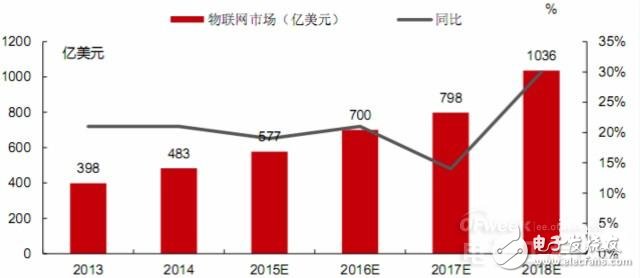
2. The current mainstream view is that the physical network can be replaced by three layers: the perception layer, the network layer, and the application layer. The sensory layer is equivalent to the skin and facial features of the human body. The network layer is equivalent to the nerve center and brain of the human body. The application layer is equivalent to the social division of labor.

3. With the development of the Internet of Things, the control of various hardware through APP, or the difficulty of cooperation between different system products will be broken. The scene experience will promote the rapid development of the network ecosystem with strong stickiness and form a strong tolerance. Force network scenarios, a variety of applications will be concentrated in a few ecosystems, such as Apple, Google, BAT, LeTV, Xiaomi and so on.
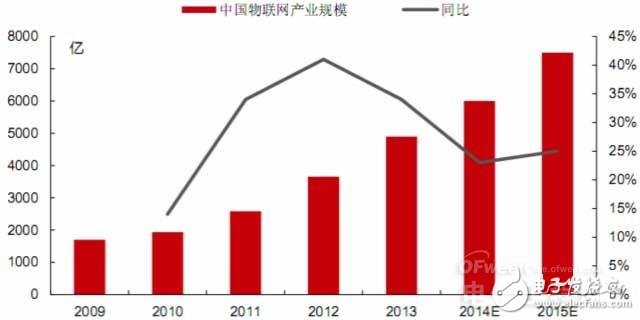
4. According to the Ministry of Industry and Information Technology, the sales revenue of the entire Internet of Things in China reached more than 600 billion yuan last year. In recent years, the comprehensive growth rate of China's Internet of Things industry has reached more than 30%, fully demonstrating its strong development momentum.
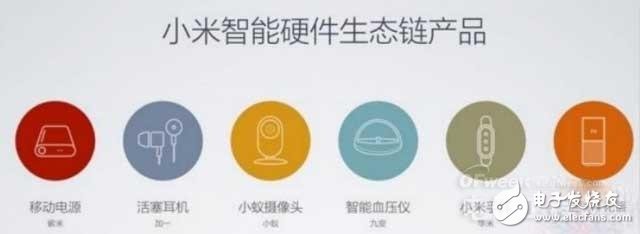
5. In such an intelligent life era based on the Internet of Things, the concept of Internet portal in the traditional sense will become ubiquitous. At present, the attention and time of users focusing on smart phones will be dispersed by more and more intelligent hardware. And decentralization. The result is an industry pattern of massive import-data processing-service platforms.

6. Smart wear as a new product market, its development will follow the storm market theory. According to the storm market theory, the life cycle of a new product and new technology mainly includes the early market: exciting new product launch; the gap: the mass market can not accept the immature new product; the storm: the general public accepts, the product is in short supply; Street: The market develops prosperously and digs deep into the market; life ends.
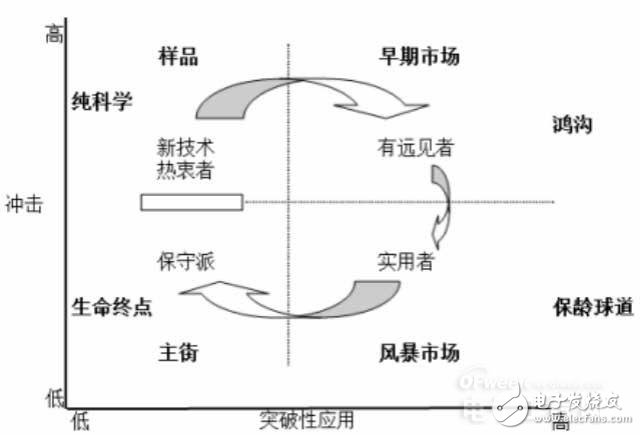
7. The current smart wear industry is still in the early stages of the gap, and the best way to bridge the gap is to find the so-called Killer App. The success of a product cannot rely solely on hardware product design, but more importantly from the applications and services behind the hardware products. The success of the iPhone has largely been the success of the iOS operating system and the Appstore business model.
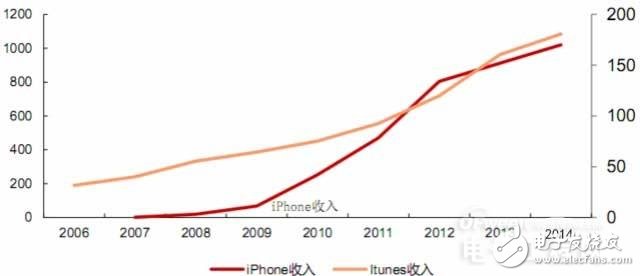
8. From the current trend, the shipment of smart wearable devices is increasing day by day. The most mature bracelet products have formed several brands such as Jawbone, Fitbit, Misfit, and Xiaomi, and this year Apple Watch has further promoted the industry. Development will lay the foundation for the rapid growth of the future. It is estimated that global wearable equipment shipments will approach 200 million in 2018, with a compound growth rate of 60%.
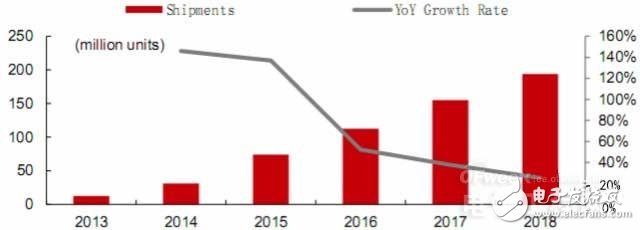
9. Smart home will become the data entry point for people's most important living places.
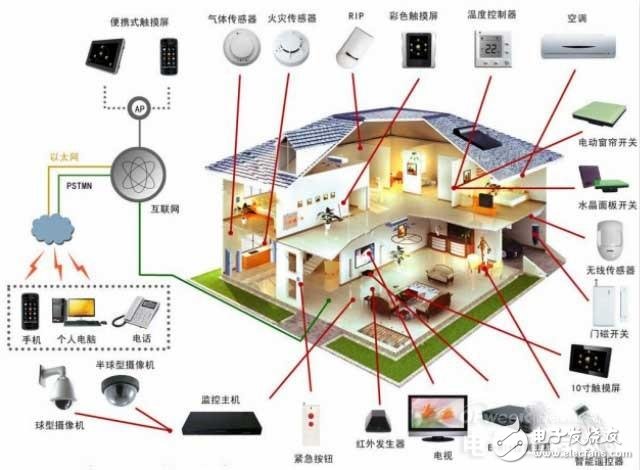
10. Xiaomi's hardware free mode may become a way to promote smart home. At present, the bottleneck of smart home mainly comes from the cost. Compared with traditional home appliances, smart homes have greatly increased the price and reduced the desire of users to purchase. Xiaomi promotes smart home in hardware free mode, pays attention to the interface effect of smart home hardware. Firstly, it spreads the market with low-cost hardware and puts users into the ecology with MIUI platform as the core to follow the operation and maintenance, service and Internet content. As a major source of profit.
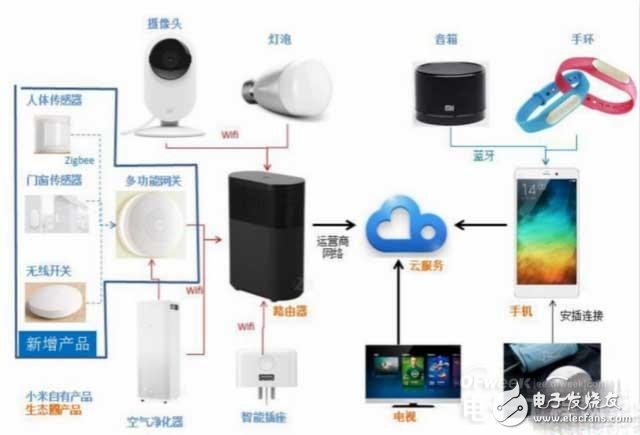
All in all, the era of the Internet of Things is to make smart wear, smart homes, smart cars, and smart cities all the big data. The joint development of content services and hardware innovation will be the core driving force for the industry's progress. Smart wear as the most fashionable and healthy demand products will usher in the explosive growth of the industry in the future. As the entrance to the home data, the smart home will be more important than the hardware innovation, and the appropriate ecosystem model will expand. Smart cars will trigger the demand for Internet of Vehicles and the aftermarket, which has become the focus of Internet companies.
Shenzhen ChengRong Technology Co.,Ltd. , https://www.dglaptopstandsupplier.com
